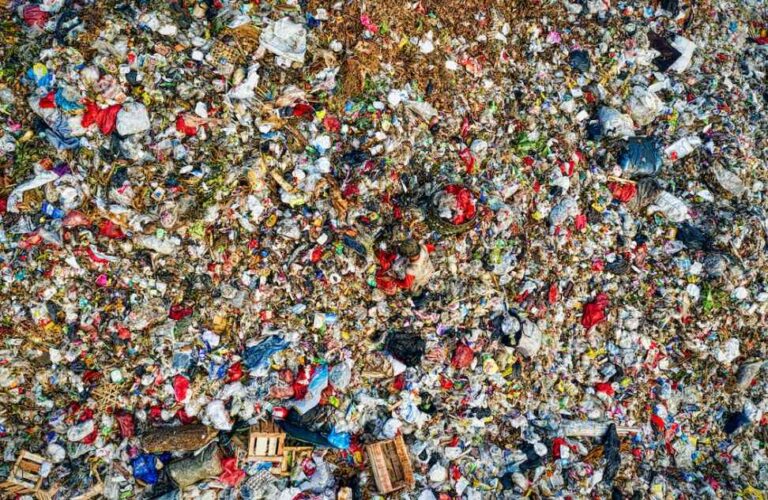Human beings have a bad habit of abruptly throwing something away when they no longer see any good in it. By not actively seeing the volume of waste we create, we didn’t expect the impact of all the waste we throw not only into landfills but also into the surrounding environment.
Giant countries individually create more than a kilo of waste per day, it’s no wonder we are quickly reaching the limit of our landfills.
With recycling still not actively practiced, landfills continue to fill up. This is because there is too much trash in these facilities that it becomes more difficult for these things to decompose. But which material takes the longest to decompose in the environment?
Table of Contents
Common household items that take longer to decompose
Plastic films (1,000 years)
Plastic wraps help us store leftovers, but they don’t help our environment. Made from PVC and other man-made materials, they can also pose health risks when used to preserve food. While they help us keep food fresh, they are bad for the environment when they end up in a landfill.
Ziploc Bags (1,000 years)
Each family uses 500 Ziploc bags each year, and that’s just an estimate. While these bags do a great job of storing and preserving our food, disposing of them is another story. Most recycling centers do not accept Ziploc bags, and if they contain food residue or waste they cannot be recycled or.
Plastic bottles (10-1,000 years)
From drinks to cleaning products, everything comes in a plastic bottle these days. Even though they’re super convenient for our lifestyle, there’s no denying how much of a burden they are on the environment. More or less around 60 million plastic bottles end up in landfill every day.
Plastic straws (500 years)
They have always done more harm than good, even before the popular turtle video made the rounds on social media. Most fast food restaurants use plastic straws, and this makes them more susceptible to finding their way into the environment.
Because of how infamous they have become as marine waste, plastic straws aren’t as popular today. More people and establishments have made the switch to reusable straws made of bamboo, glass and metal.
Aluminum foil (400 years)
The sad thing about tinfoil being a staple in most kitchens is that it doesn’t decompose. More than 75 percent of the aluminum foil produced in the United States is used for food packaging. A high percentage of these end up in local landfills.
What makes tin foil non-recyclable is its content and its inability to absorb light. There is also too much food waste such as fat that cannot be removed, making it even more difficult to decompose.
Aluminum cans (80-200 years old)
For something that’s so easy to recycle, aluminum cans often find a final resting place in landfills. This could be due to a lack of recycling resources, or the fact that people are simply unaware of how to dispose of their rubbish.
Research shows that a whopping $700 million worth of aluminum cans are thrown away per year, a large chunk of which ends up in landfill.
Cans (50 years)
We rely on tin cans to store many items, from soup to vegetables to tuna. They are durable and do not corrode easily, which is ideal for food and drinks. However, this is exactly what makes them a problem for landfills and the environment.
Read also: The world’s best zero waste influencers to follow












